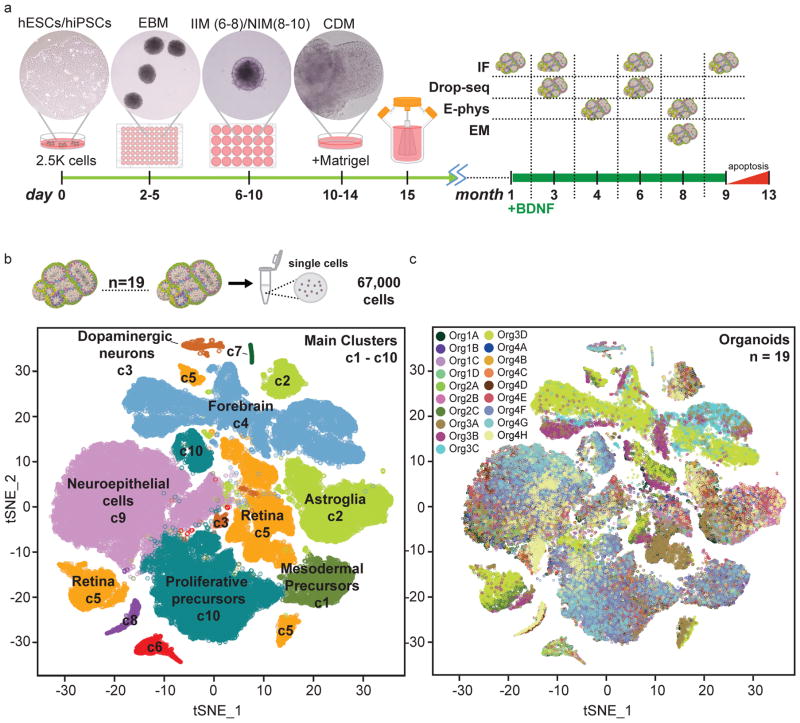Figure 1. Large-scale, single-cell sequencing demonstrates development of a broad spectrum of cell types in human brain organoids.
a. Schematic of long-term culture of brain organoids. Dissociated human iPSCs are seeded at day 0 into round-bottom plates to allow EB formation (day 2–5). After a two-step neural induction (day 6–10), EBs are embedded in Matrigel (day 10) and transferred to spinning bioreactors (day 15) for long-term culture. BDNF is added starting at 1 month. Immunohistochemistry (IHC), single cell RNA-sequencing (Drop-seq), electrophysiology (E-phys) and electron microscopy (EM) were performed at different timepoints. b. t-SNE plot of single-cell mRNA sequencing data from 6 mo organoids. A total of 66,889 cells were clustered into 10 distinct groups. c. Same as in b, with cells color-coded by organoid of origin.

